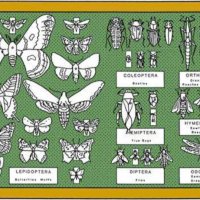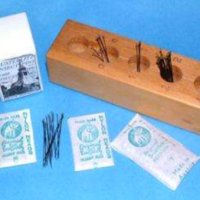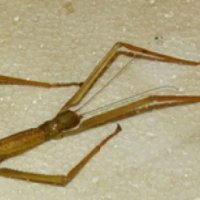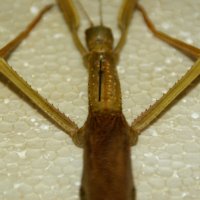Carroll Williams: experiments on the metamorphosis of butterflies

@DrWatson
Published in
Phasmatodea
· 14 May 2021
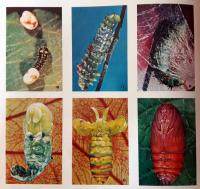
The birth of a butterfly The metamorphosis of the caterpillar into a butterfly is one of the most common biological phenomena. From an egg laid by the butterfly, a small caterpillar hatches which nourishes truthfully for 6-8 weeks, until maturity; it is then a fat worm of about 8 cm. The larva then spins the cocoon, inside which it turns into a pupa. During a period of hibernation the pupa's body is somehow rearranged to form a mature moth that will find a mate and repeat the cycle. But what causes this incredible body change? What mechanism controls the chronology of these phenomena so that the fragile moth leaves its cocoon only in...
1


